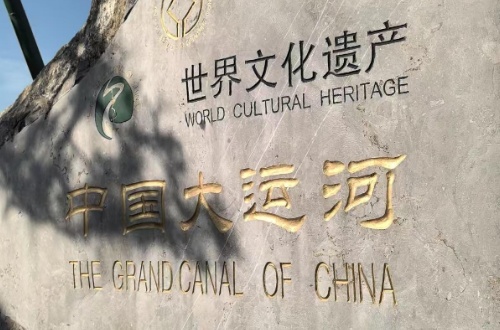Tue Mar 04
EOR mechanism of viscosity reducer flooding in heavy oil reservoirs
 2021-12-13
2021-12-13
WEI Chaoping, LI Weizhong, WU Guanghuan, DENG Hongwei, SUN Yeheng, MIN Lingyuan
Exploration and Development Research Institute, Shengli Oilfield Company, Dongying 257015, Shandong Province, China
Abstract: With the purpose of systematically studying the mechanism of enhanced oil recovery (EOR) of viscosity reducer flooding, which is a new development method, a single-tube sand-packed model, a 3D sand-packed model, and a microscopic glass etching model were used to test the oil displacement efficiency and the sweep efficiency of the viscosity reducer flooding and analyze its causes. The experimental results show that the viscosity reducer flooding enhances oil recovery by increasing the oil displacement efficiency and the sweep efficiency. Compared with water flooding, the viscosity reducer flooding improves the oil displacement efficiency by 13%, and the mechanisms are as follows: ① The crude oil is dispersed and emulsified to form small oil-in-water droplets, which is conducive to reducing the apparent viscosity of crude oil through a narrow throat. ② The interfacial tension is reduced; the number of capillaries is increased; the residual oil saturation is reduced. Simultaneously, the viscosity reducer flooding increases the sweep efficiency from 18.8% to 39.9%. The mechanisms are as follows. ① Emulsion profile control and flooding: The dispersed and emulsified crude oil enters the water channeling passage, which reduces the water percolation area and increases the resistance, and the subsequent injected liquid enters the previously unswept area. ② Jamin effect: The small viscosity-reduced and emulsified oil drops coalesce to form large oil drops that block throat to force surrounding displacement fluid change directions. This study makes clear the EOR mechanism of viscosity reducer flooding and lays the foundation for the subsequent studies of the development technical limit and field application.




